The last 9th of May the Catalan Institute for Peace (ICIP) organized ‘Experiencies of reconciliation’, a seminary on sociopolitical reconstruction after violent conflicts.
Moderator Kristian Herbolzheim, director of Transitions to Peace programme at peace building NGO Conciliation Resources, starts by saying “there’s no recipe for reconciliation”. And yet, to start any peace process previous ‘reconciliation’ is a must.
In the Centelles Palace there is Aitziber Blanco, Laryssa Chomiak, Daniel Eror, Yves Kamuronsi, Ulrich Mählert, Nischal N. Pandey, Queralt Solé and Raquel Zelaya. All the speakers have different nationalities and something in common: they are peacebuilders in their homelands, and each of them exposes a different violent scenario.Yves Kamuronsi comes from Rwanda, and the Tutsi genocide shares the table with the Basque conflict, the Balkan war and the Tunisian transition towards democracy.
In spite of the many differences between the conflicts exposed, South African professor Brandon Hamber from the Ulster University, also a member of the International Conflict Research and an expert of the Northern Ireland conflict, offered us some useful theoretical tools.
The first point Hamber makes is the difference between ‘thin reconciliation’ and ‘thick reconciliation’. Contrary to the first kind, the latter aspires to radically change the relationships between two polarized sides of a society that is involved in a violent conflict.
As Hamber states, sometimes using the word ‘reconciliation’ isn’t the best option. In scenarios resembling the Northern Ireland conflict between Catholics and Protestants or the South African apartheid, for instance, there has never been a coexistence.
Besides, to ‘reconcile’ often suggests religion, which can be counter-productive. In other words, ‘reconciliation’ makes people think about ‘thick reconciliation’, which is too difficult to achieve, especially after a polarized internal conflict.
Reconciliation tends to be related to ideology. As Hamber explains, in South-Africa there where two clashing views about peacebuilding: some were keen on judging and jailing the offenders while others were more willing to absolve.
According to professor Hamber, though, the best option is to do both: judge, jail and absolve. Hamber also stresses the fact that reconciliation is basically an individual thing. As it follows, we need to build historical memory both through personal stories and public policies: victim and executioner have to sit face to face and talk, then politicians have to make new laws.
Bearing the story of his native Bosnia Herzegovina in mind, Daniel Eror from the Youth for Peace organization wonders which steps towards peace must we follow when our own authorities reject reconciliation. Eror’s question is common, and at some point of the seminar Tunisian Laryssa Chomiak asks the audience the same.
According to Chomiak, the Tunisian transition towards democracy that began after the so-called Arab Spring in 2011, is full of exclusions based on race, religion, gender and region.
Raquel Zelaya, member of the ASIES think tank, is here to expose the case of Guatemala. The country was subject to a 36 years civil war that resulted in 200.000 dead. The conflict was a direct result of the Cold War between Russia and the US, which deeply polarized Guatemalan society, already struck by endemic inequality.
Zelaya points out that the last years of the conflict Guatemala went from an ideological war to an ethnic war, but she also admits that progresses towards reconciliation have been made, especially among different indigenous communities.
Contrary to Zelaya’s statement, Daniel Eror explains that authentic reconciliation still needs to be done in the Balkans: “After the war the authorities did some things to heal the society, but today we should work on it more than ever and none is there to do so: the peace agreement has divided even more the identities and communities of old Ioguslavia”.
Atziber Blanco highlights the difficulty to separate the Basque society in two defined poles. The conflict between the recently dissolved armed group ETA and the Spanish state costed 837 lives that are on ETA and 4000 cases of police torture and murders that are on the state.
“Coexistence with the other is possible in Euskadi (Basque country), and victims of both sides have faced each other. But the impact of violence has polarized all the political debates in Euskadi”. Moreover, Blanco agrees with professor Hamber and points out that the term ‘reconciliation’ has proved useless in the Basque conflict scenario.
Yves Kamuronsi is a survivor of the genocide in Rwanda. Active member of the AEGIS, he works for the victims and for the memory of a genocide that caused the forced exile of millions of Rwandans and the death of a million people in the short period of 3 months.
The causes behind the genocide date back from colonial times, when the French colonizers offered the Tutsi a better means of living and positions than they offered the Hutus. “How can we judge the aggressors without affecting their families? How can we, as victims, reintegrate executioners into our society?”.
Kamuronsi didn’t offer us answers to these questions, but he talked about the urgent need to build and establish a common view, “to move the barriers of the ‘who we are’ and the ‘where we come’ from questions in Rwanda”.
Kamuronsi also claimed the need to look back at pre-colonial community justice and the importance of Rwandans telling their stories to each others. Even thought the Rwandan case was the worst case scenario exposed, Kamuronsiwas also the only speaker who specifically referred to forgiveness.
Before Yves Kamuronsi’s short speech, professor Brandon Hambers had used the example of Nelson Mandela, jailed almost thirty years by the white authorities and first president of post-apartheid South Africa: “Mandela was very good with the language he used: he created a common vision of the future, the future of non-racial South Africa”.
Mandela started by changing the languages that Blacks and Whites used to refer to each other. As professor Brandon puts it, “he changed the frame of reference and he started from the small things that could unite the South African society”.
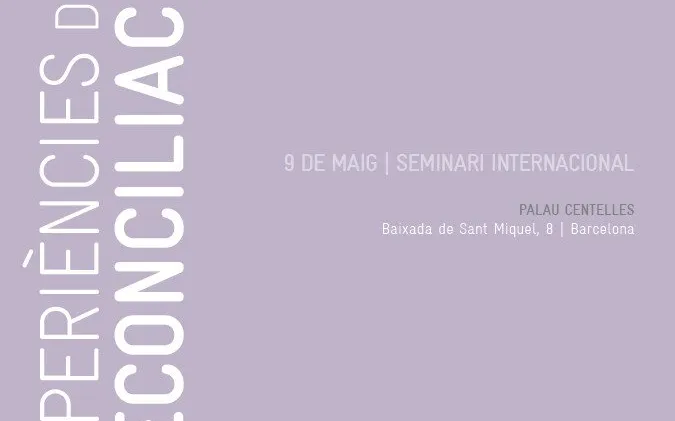
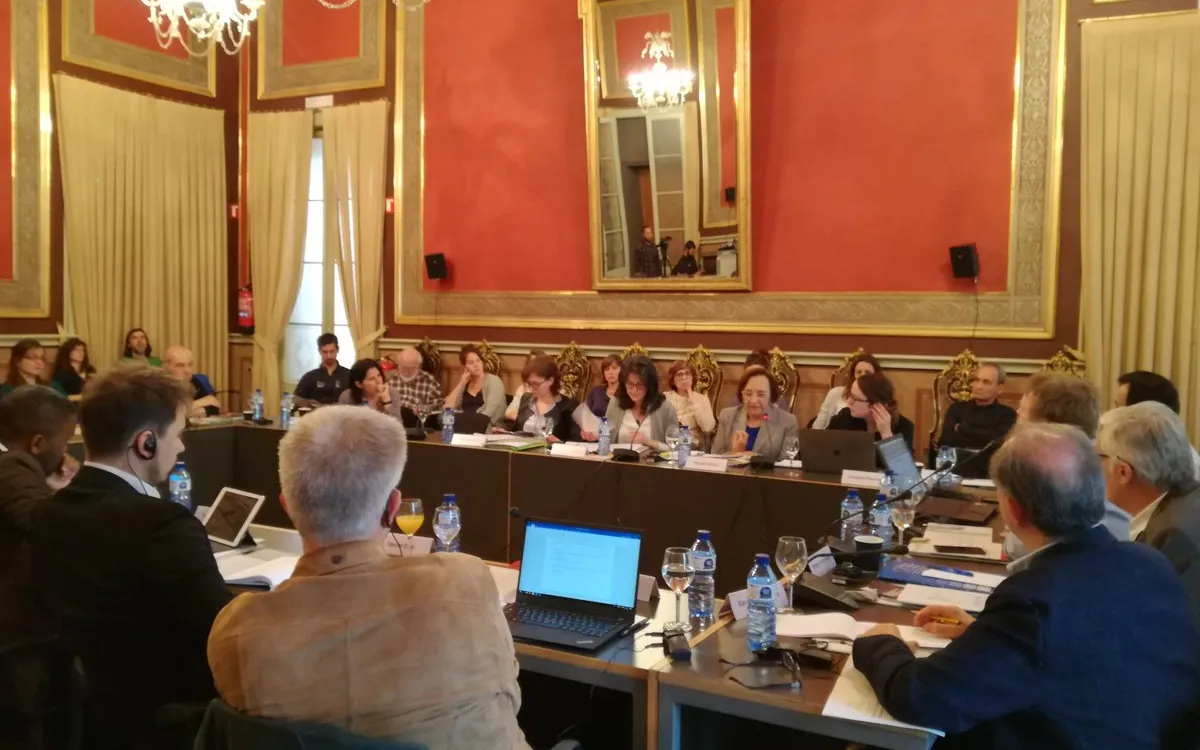
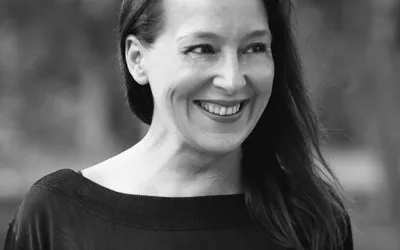
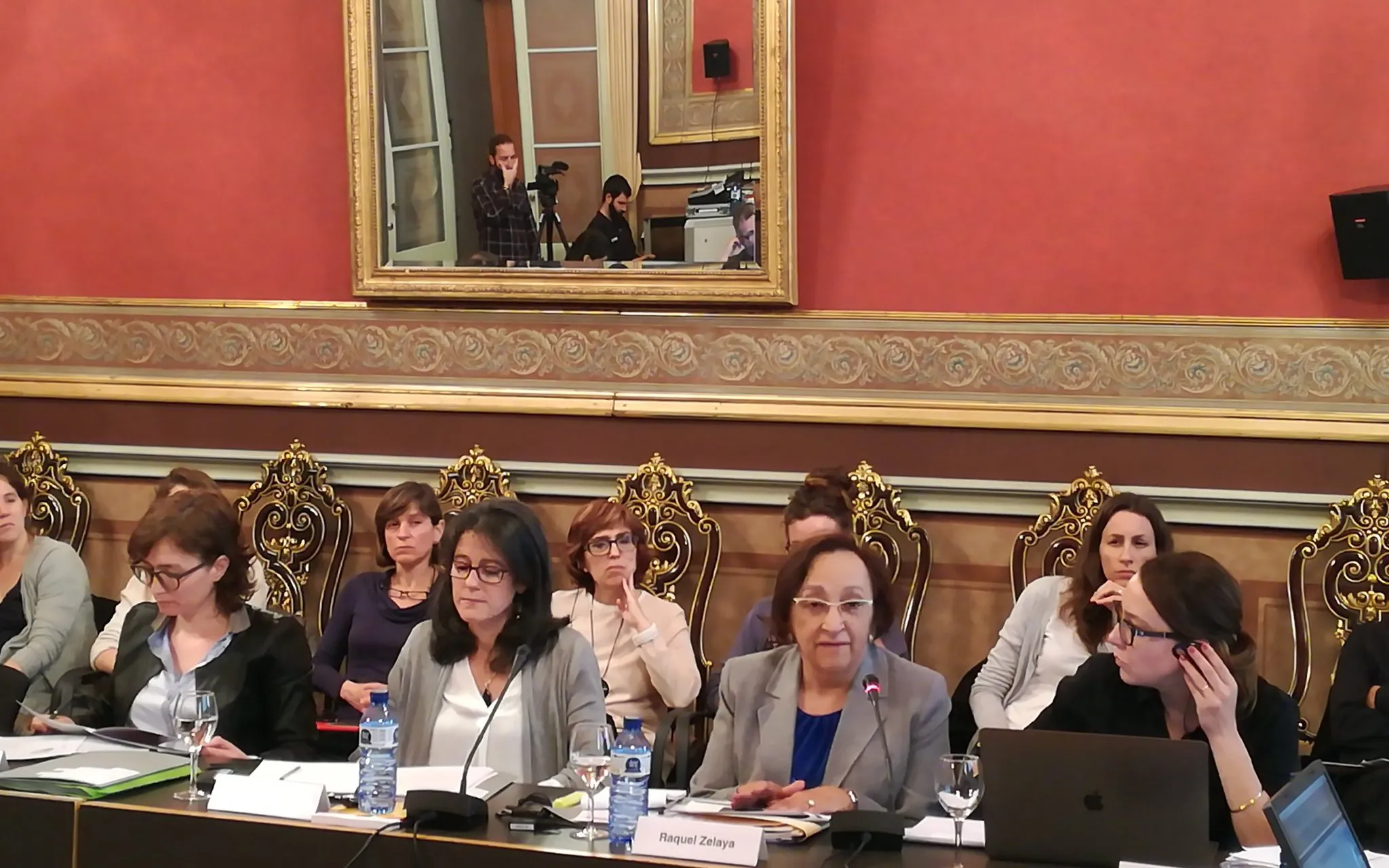
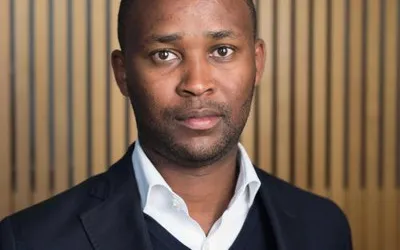
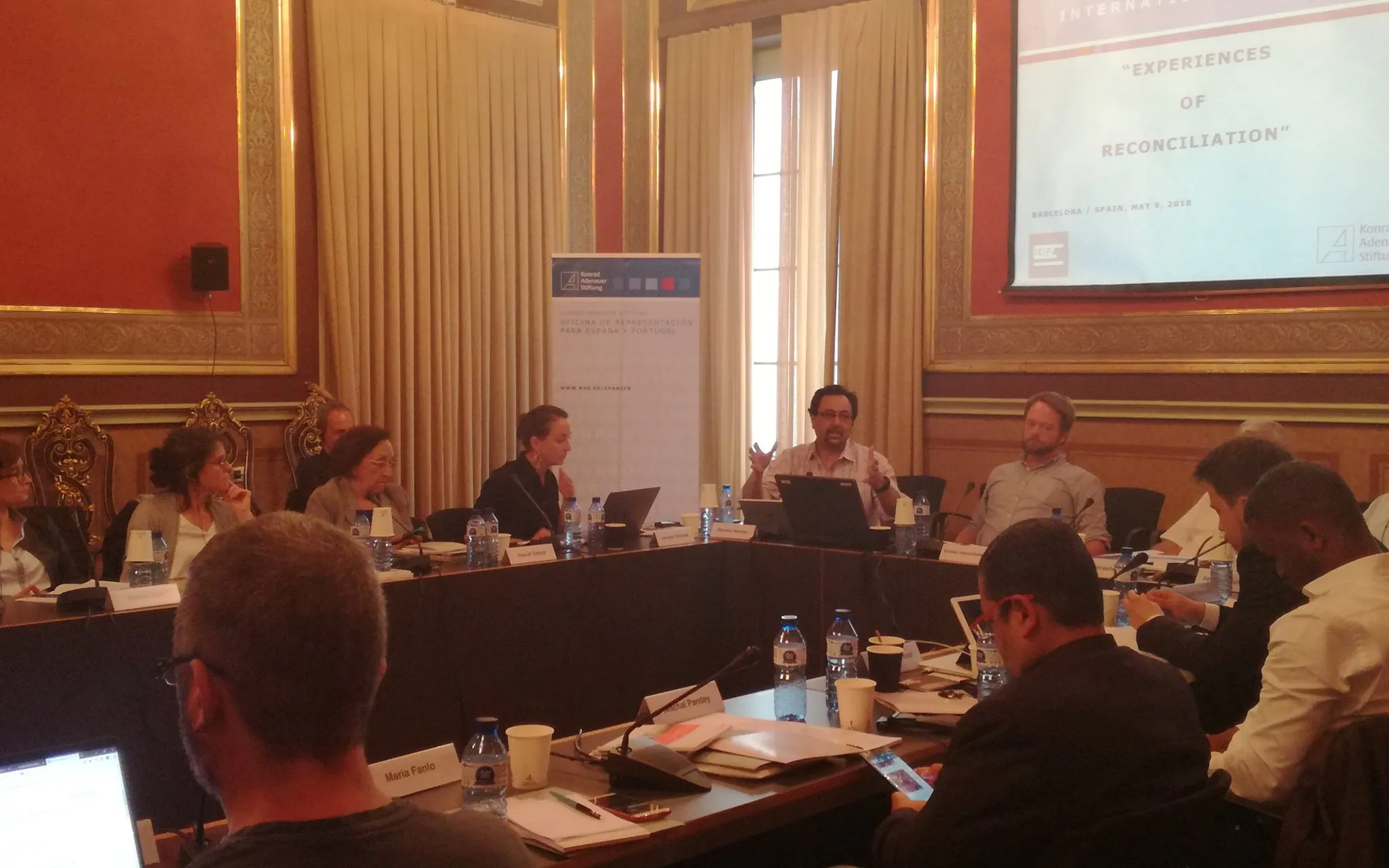



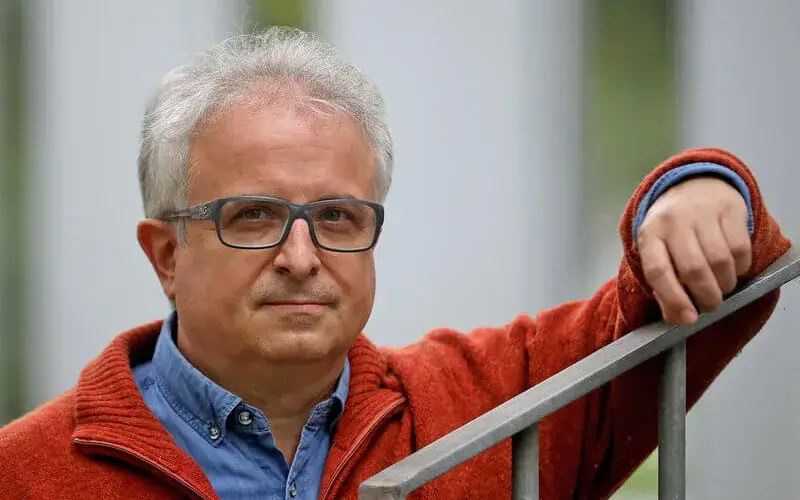
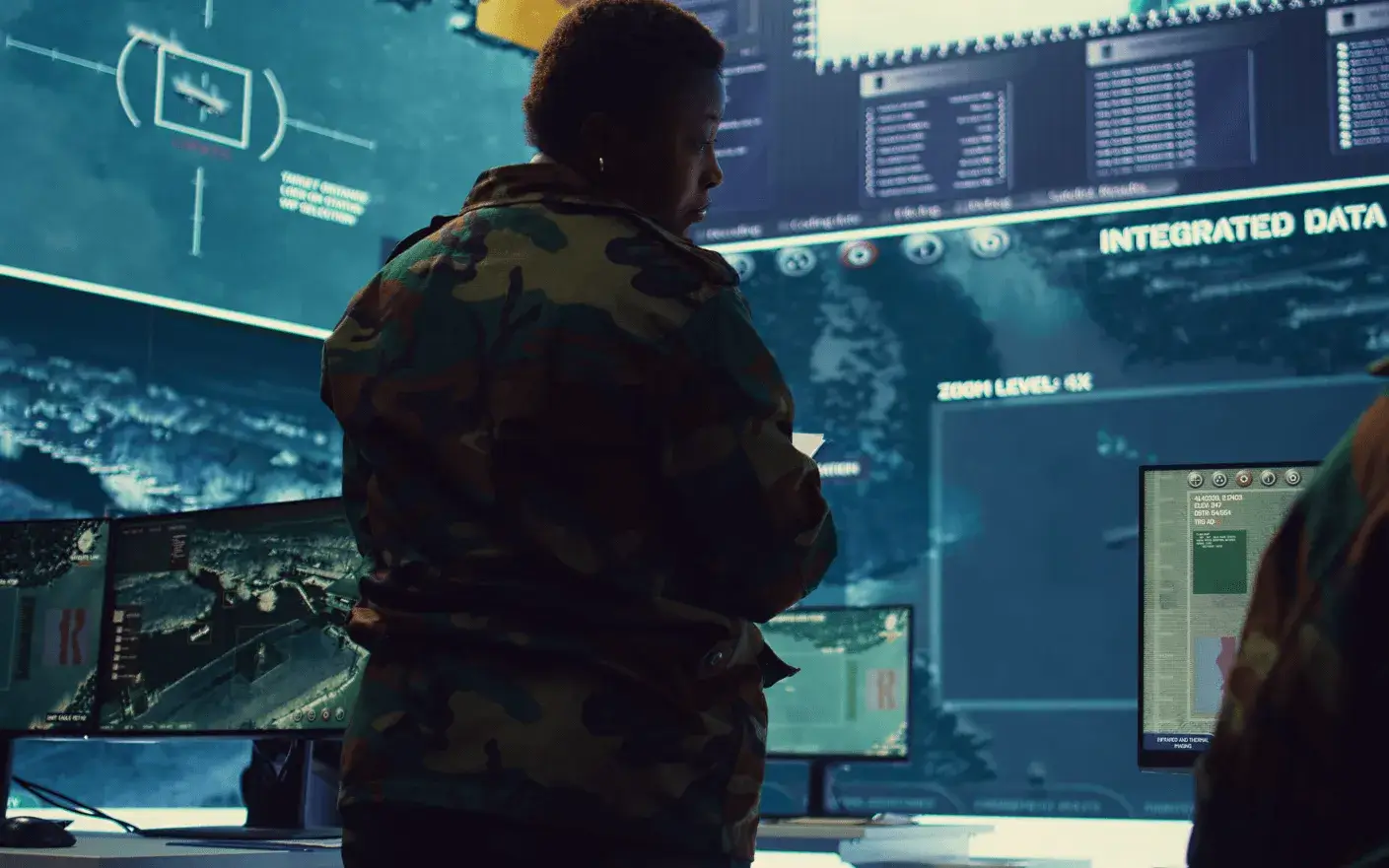
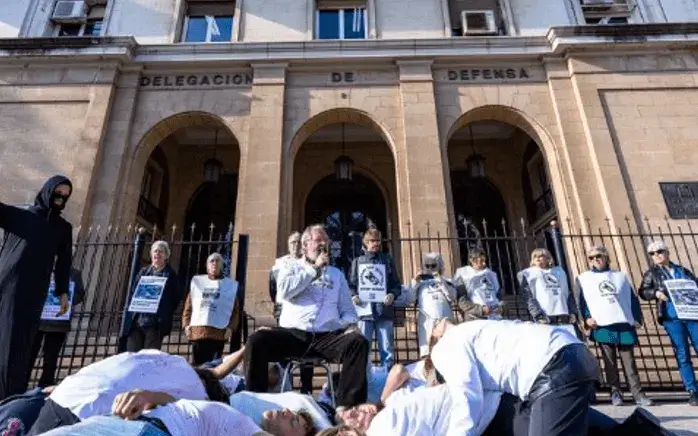
Add new comment